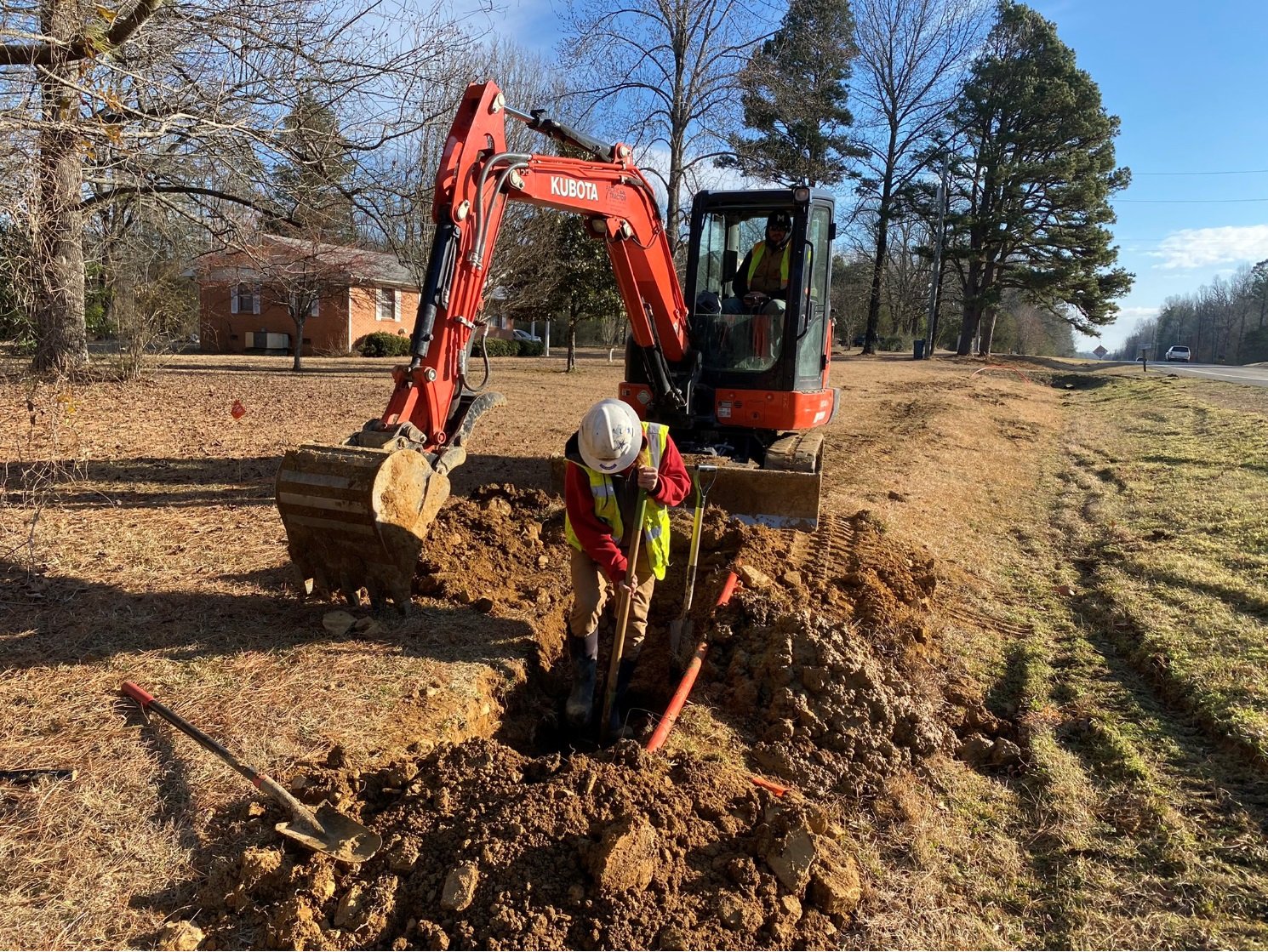Earlier this month, residents of Morgantown, Pennsylvania, became the most recent users of Windstream’s Kinetic fiber network. But according to Jeff Small, President of Kinetic, Windstream has much more planned for this year than just Morgantown.
The most recent approvals in Pennsylvania are a part of Windstream’s nationwide initiative to create more fiber networks on top of its existing DSL infrastructure. In Pennsylvania, Small anticipates that Kinetic will reach 34,000 households in all by the year 2023. That’s just a tenth of what it accomplished in 2022 and what it intends to accomplish in 2023.
“We’re building 300,000 fiber passings a year,” explained Small. “When you look at the end of 2021, we had 164,000 fiber customers. [At the] end of last year, [we’re] up to 289,000.” That means that at the close of 2022, Kinetic had snagged another close to 125,000 new fiber subscribers.
According to him, it takes between six and nine months to launch any market that needs an upgrade. As Kinetic’s fiber solutions become available, some DSL users are inevitably switching over. In competitive areas, Small estimates market penetration to shake out to about 30 percent. For non-competitive areas, though, expectations tick up to 40 percent.
The DSL coverage of Kinetic spans 18 states, with a particular emphasis on the Southeast and the Midwest. Which markets get the special treatment when switching from DSL to fiber depends on a few factors. With an average community size of 3,000 households, Kinetic’s overall broadband service region includes 4.2 million residents. Serving rural regions like Morgantown with 2,000 passings here and there is the main goal. But, they are still unable to access other parts of Kinetic’s footprint on their own.

“We have to make sure the economics make sense for us,” said Small. “We can’t serve out to a lot of these high-cost areas of those communities.” That’s where state funds for broadband expansion or the federal funding expected later this year will come in to make that possible. That extra infusion of funds will help Kinetic go beyond clustered communities and build fiber out to households in the farthest reaches of their footprint.
In Georgia, Iowa, North Carolina, Ohio, Pennsylvania, and Texas in 2022, Windstream received funding totaling more than $202 million for broadband projects. It has so far received $34.9 million more in Georgia in 2023 and has sought other grants in Nebraska. Also, it obtained $523 million in funding from the Rural Digital Opportunity Fund (RDOF) auction of the Federal Communications Commission, which will be distributed over a ten-year period and will serve 18 states. It will undoubtedly pursue additional financing from the Broadband Equality, Access, and Deployment (BEAD) Program, which has a $42.5 billion budget.
Often, the construction workers actually installing fiber are the first ones to interface with members of any community. And from what Small has heard, Morgantown residents are enthusiastic to have a new choice on their hands for their broadband. The two core products in Kinetic’s fiber suite are a symmetrical 500 Mbps per month and a 1 gig service. It also offers 100 Mbps and 2 gig plans.
“They’re very receptive and excited,” said Small. “It’s life-changing to have access to those speeds for the first time.”
Small was clear that the size of a state or a market won’t affect how resources and time are allocated to Kinetic’s enhancements, even though other states, like Kentucky, Georgia, and Texas, are bigger and may have more clients. Small is cautiously optimistic as $42.5 billion in BEAD financing is prepared to be distributed later this year. “Predicting results is exceedingly challenging. The process to win those honors is competitive… But our preparation is mainly focused on taking part in BEAD,” he said.


